Table of Contents
Introduction
In this ever-evolving world of work, HR professionals find themselves at the forefront of navigating new challenges and untapped opportunities.
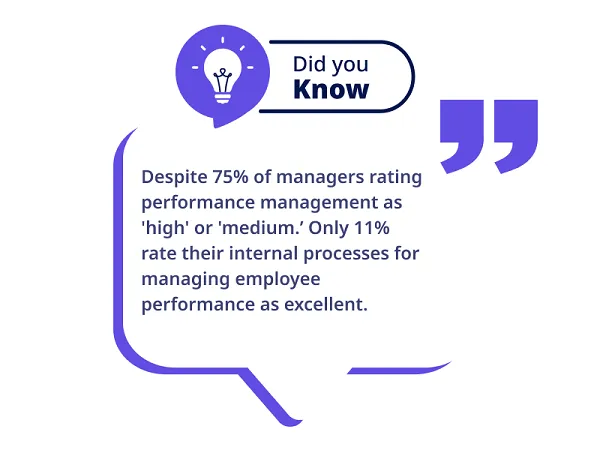
This is where leveraging technology, data, and analytics can make a real difference.
By replacing outdated performance reviews with more meaningful metrics that track progress in real-time, HR teams can unlock greater insights into how employees are performing and help create an environment of continuous improvement.
Join us as we delve into the following:
- Exciting tools for performance management
- Uncover trends
- Discover potential strategies to revolutionize evaluating performance management
So let’s get started by understanding.
The Evolving Landscape Of Performance Management
How Has Performance Management Evolved?
1. Early 20th Century
Performance management focuses primarily on administrative tasks, such as:
- Employee Attendance
- Punctuality
- Adherence to rules and regulations
It was largely based on command and control principles.
2. Mid-20th Century
Performance management started incorporating more objective measures, such as productivity and output, to evaluate employee performance. Performance appraisals were introduced to assess individual performance and determine rewards or promotions.
3. Late 20th Century
Performance management shifted towards a more holistic approach, considering factors beyond individual output. Employee development and competency-based assessments became more common, aiming to identify skill gaps and provide training and development opportunities.
4. Late 1990s – 2000s
The focus expanded to aligning individual and team goals with organizational objectives. Performance management systems began to emphasize continuous feedback and goal setting, emphasizing a more collaborative approach between managers and employees.
5. 2010s – Present
Performance management embraced ongoing feedback and coaching, moving away from traditional annual performance reviews. Many organizations adopted technology-driven performance management systems, allowing real-time monitoring and feedback.
The Limitations Of Traditional Performance Management Systems
1. Lack Of Timely Feedback:
Traditional performance management systems often rely on annual or semi-annual performance reviews, meaning employees receive infrequent feedback.
This delay in feedback can hinder growth and development, as timely guidance is crucial for improvement.
2. Subjectivity & Bias:
Subjectivity and bias can create loopholes in traditional performance management systems, impacting the fairness and accuracy of evaluations.
Factors such as personal relationships, unconscious biases, and inconsistent rating criteria can undermine the objectivity of the process.
3. Emphasis On Past Performance:
Traditional systems tend to focus heavily on past performance rather than future potential.
This backward-looking approach may not effectively support employees’ growth, development, and alignment with evolving organizational goals.
4. Lack Of Flexibility & Agility:
Traditional performance management systems are often rigid and inflexible, making adapting to changing circumstances and evolving job roles challenging.
They may not capture the dynamic nature of work or provide real-time feedback, hindering agility and responsiveness.
5. Limited Employee Involvement:
In traditional performance management systems, feedback and evaluation are usually top-down.
This limits the extent of active participation by employees in assessing and improving their performance without any medium to evaluate their performance.
Emerging Trends And Shifts In Performance Management Practices
In response to the above limitations, emerging trends and shifts in performance management practices have gained traction. These trends include:
1. Continuous Feedback And Coaching:
Organizations are moving towards more frequent feedback exchanges and coaching conversations between managers and employees.
This approach enables timely interventions, aligns expectations, and supports employee growth.
2. Goal Setting And Alignment:
HR is adopting an agile goal-setting approach instead of annual goal-setting. This involves setting shorter-term, measurable goals aligned with broader organizational objectives. Regular check-ins help ensure progress and make necessary adjustments.
3. Performance Conversations And Self-Assessments:
Performance management is shifting towards more collaborative and inclusive practices. Employees are encouraged to actively participate in the following:
- Performance conversations
- Share self-assessments
- Provide feedback on their performance
4. Data-Driven Insights:
Data and analytics in performance management are gaining momentum.
HRs leverage technology to collect and analyze performance-related data, enabling evidence-based decision-making and identifying patterns and trends for targeted interventions.
5. Productivity Monitoring Software:
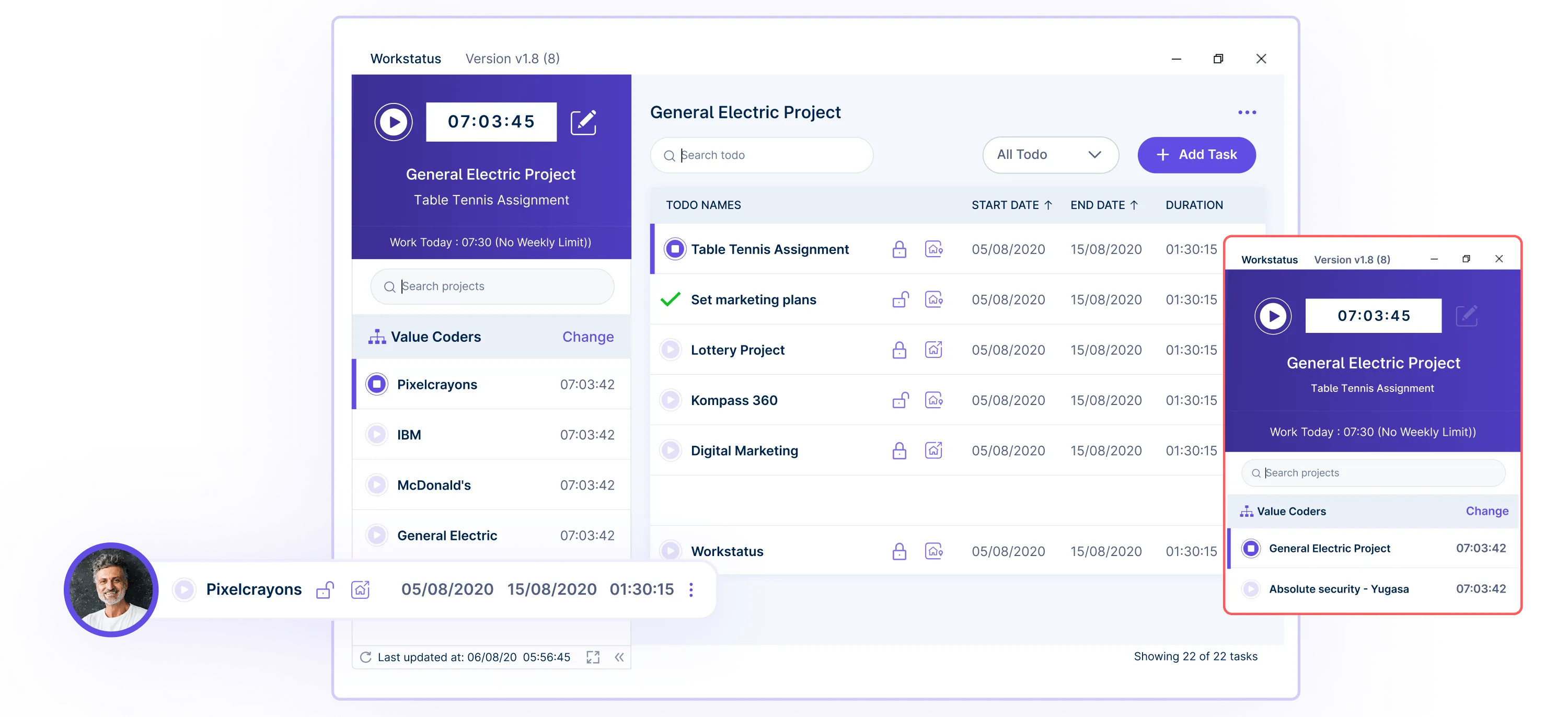
Organizations are leveraging productivity monitoring software to track performance, such as:
- Productivity & activity rates
- Task completion rates
- Project milestones
This helps identify employee performance bottlenecks and address them quickly. Not only this but all the trends mentioned above can be tracked through the software.
Let’s dive deeper into
What Is Productivity Monitoring Software?
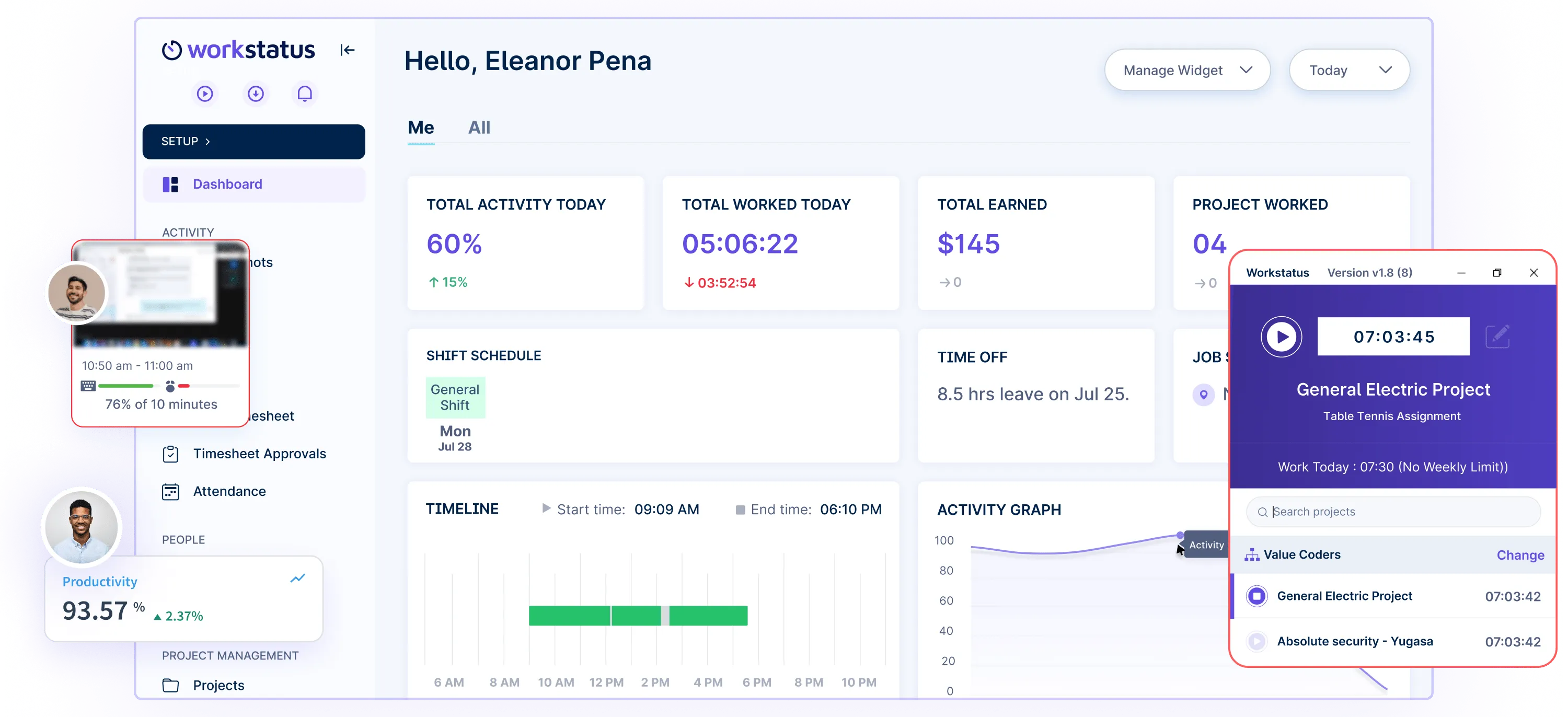
Productivity Monitoring Software refers to software tools or applications that enable organizations to track and measure the productivity and performance of their employees.
These software solutions offer various features and functionalities to:
- Monitor employees’ activities
- Measure their output
- Provide insights for performance management
The following are some ways they contribute to HR Performance Management:
Data Collection And Analysis
Productivity Monitoring Software collects data on employees’ work activities, such as time spent on tasks and internet usage.
This data is then analyzed to provide HR professionals with objective insights into employees’ performance and productivity levels.
Performance Metrics And KPIs
These software solutions allow HR to define and track key performance indicators (KPIs) relevant to different roles and responsibilities. By measuring & monitoring these metrics, HR can:
1. Identify high-performing employees
2. Areas of improvement
3. Overall team performance
Identifying Bottlenecks And Inefficiencies
Productivity Monitoring Software can help HR identify bottlenecks or inefficiencies in workflows.
By analyzing employees’ work patterns & activities, HR can identify areas where productivity can be enhanced, enabling them to make data-driven decisions to enhance employee performance.
Now that we know how Performance Monitoring Software can help HR professionals in managing employee performance, let us look at:
The Potential Of Performance Management: Tackling Challenges
Challenge 1: Lack Of Real-Time Visibility Into Employee Performance
In traditional performance management systems, HR often faces the challenge of not having real-time insights into employees’ performance and productivity. This lack of visibility makes it difficult for HR professionals to:
- Identify potential issues
- Intervene promptly
- Provide immediate feedback to employees
Solution 1: Time And Productivity Monitoring
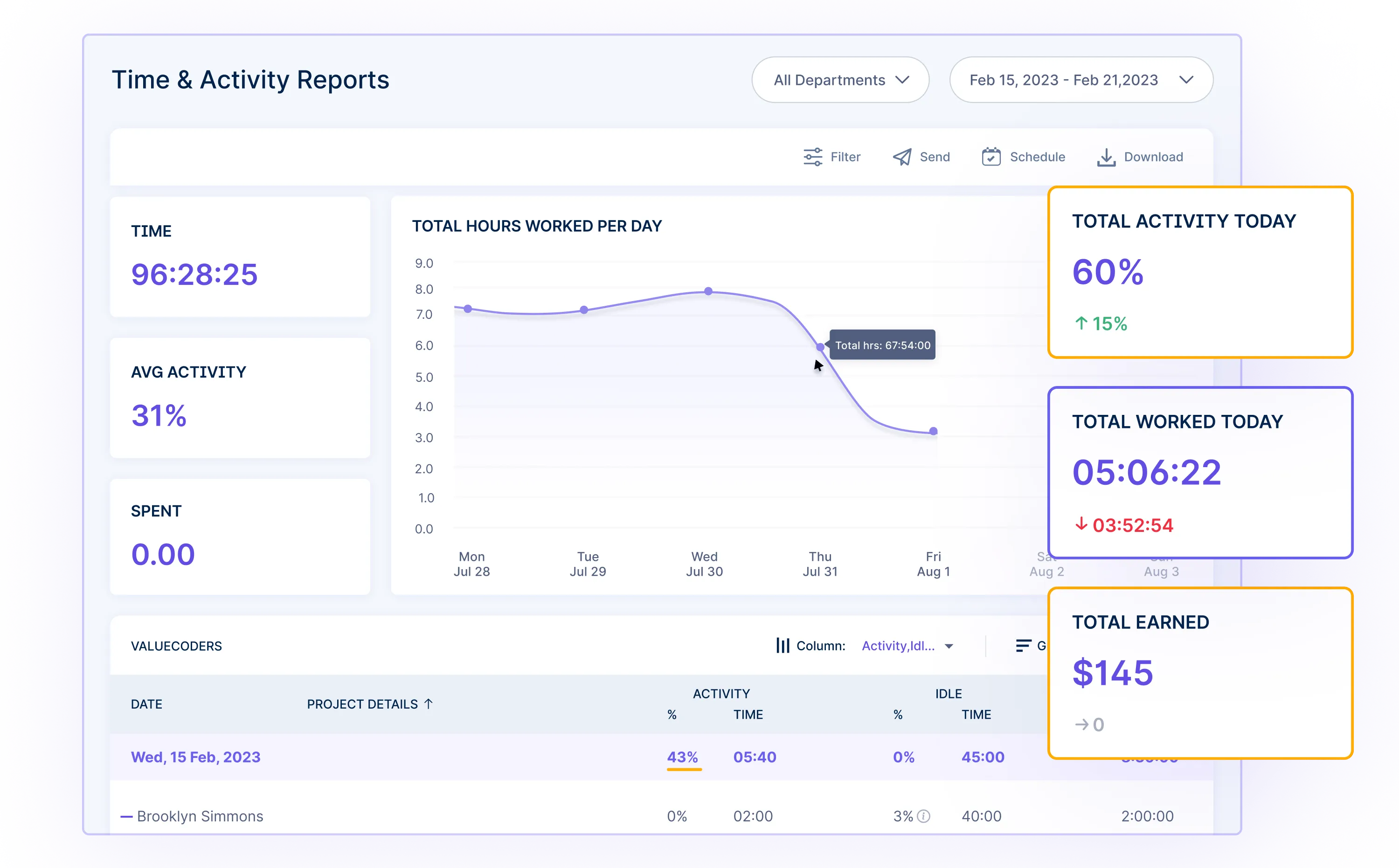
Workstatus, a performance monitoring software, offers a time and productivity monitoring feature that gives HR real-time insights into:
- Employees’ activities
- Work hours
- Productivity levels
HR professionals can monitor performance more effectively by tracking employees’ tasks and project progress in real-time. This allows HR to:
- Identify productivity bottlenecks
- Recognize high-performing employees promptly
- Intervene when performance issues arise
- Foster a culture of continuous improvement and employee engagement
Challenge 2: Difficulty In Tracking Employee Progress
In HR, it is essential to monitor employees’ progress toward organizational goals to ensure alignment and assess overall performance.
Traditional methods may involve manual tracking or sporadic updates, leading to challenges in keeping pace with rapidly evolving goals and projects.
Solution 2: Project Management
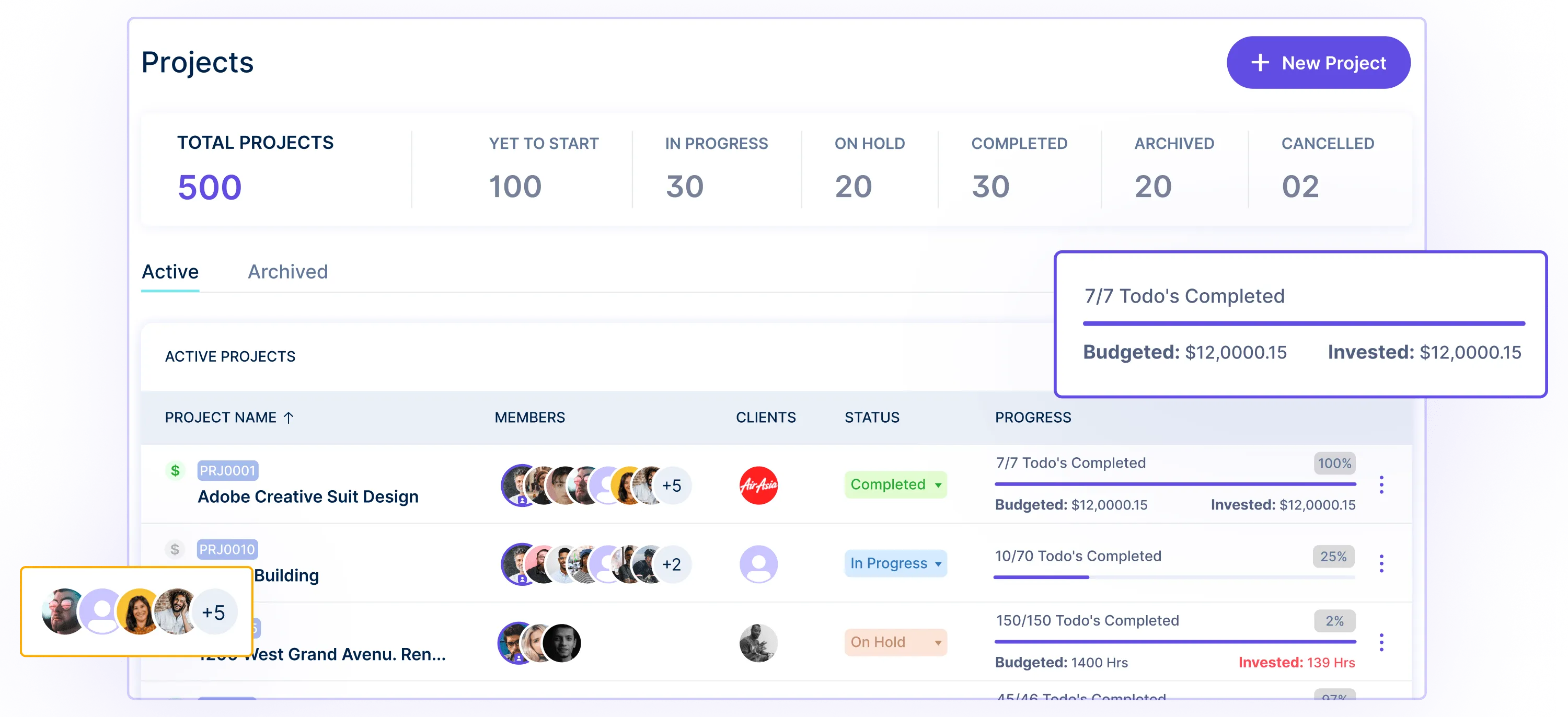
Workstatus addresses this challenge through its project management feature.
This tool enables HR to set specific goals and milestones for individual employees or teams.
By tracking progress in real-time, HR can monitor the status of projects and goal achievement.
This feature empowers HR to align employees’ efforts with organizational objectives and intervene when necessary to keep projects on track, leading to enhanced performance and goal attainment.
Challenge 3: Inability To Address Absenteeism Or Tardiness
Dealing with absenteeism or tardiness is a significant concern for HR professionals, impacting overall productivity and team dynamics.
Traditional attendance tracking methods may lack accuracy, which requires a more reliable and efficient system.
Solution 3: Accurate Attendance Tracking With Selfie Validation
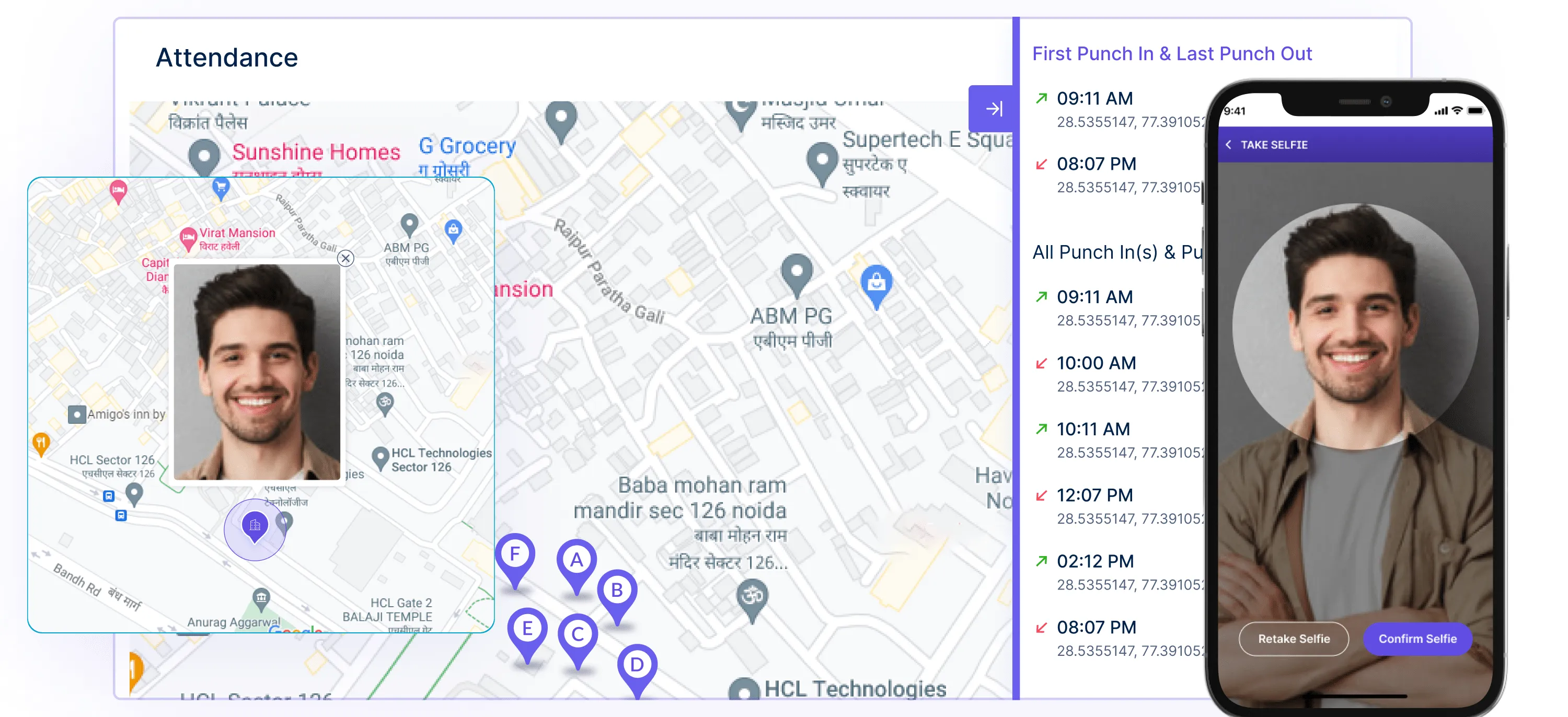
Workstatus offers a modern attendance tracking system with selfie validation, ensuring accurate and reliable attendance records.
Employees can use their smartphones to clock in and out, and the software verifies their identity with a selfie.
This feature helps HR effectively address absenteeism or tardiness concerns by providing real-time employee attendance data, allowing for appropriate actions and interventions.
Challenge 4: Inaccurate Or Subjective Performance Evaluations
Fair and accurate performance evaluations are crucial for HR professionals.
Subjective evaluations based on personal biases or incomplete information can lead to unfair assessments and demotivate employees.
It is essential to adopt an objective and data-driven approach to performance evaluations.
Solution 4: AI-Powered Reports And Analytics
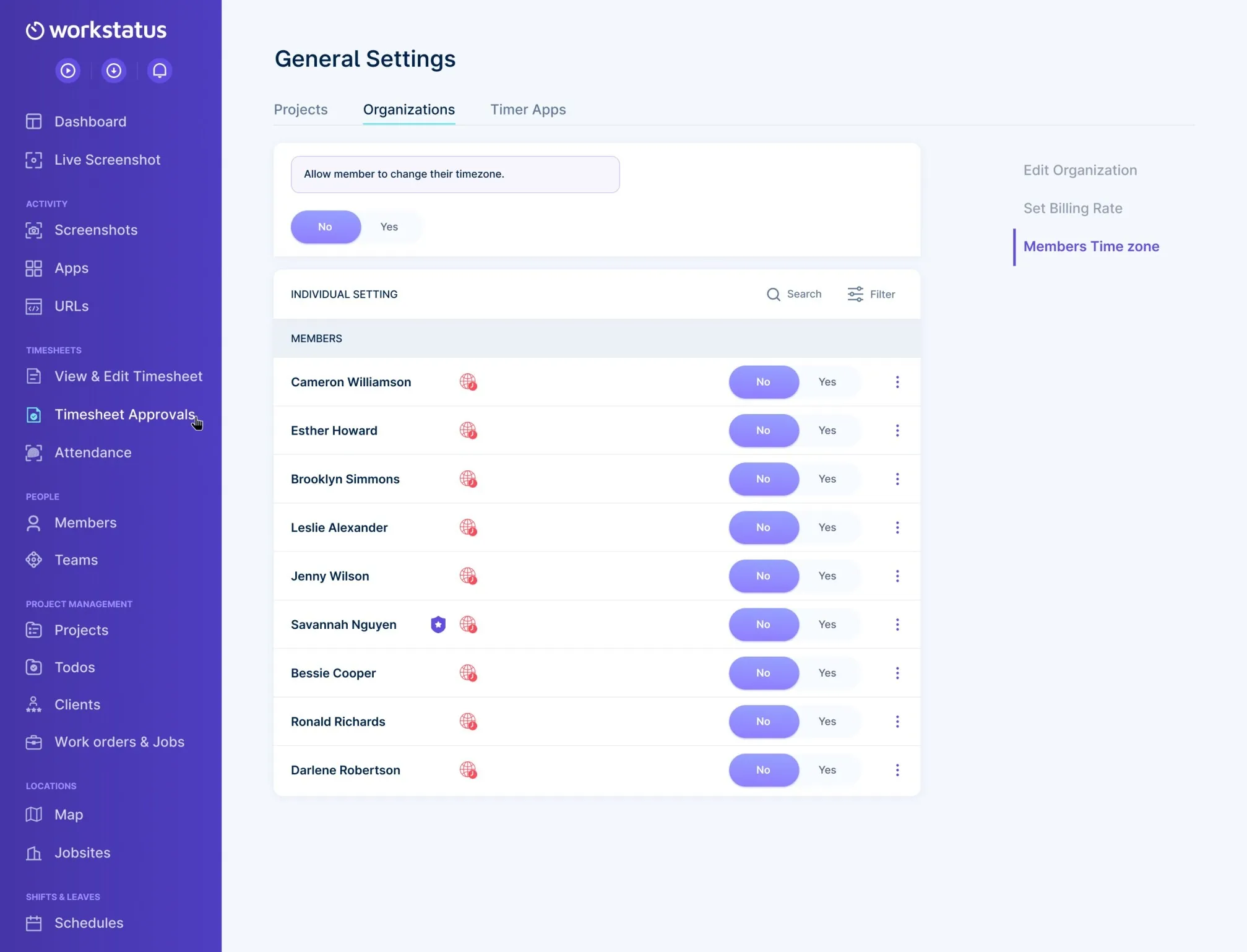
Workstatus offers advanced reporting and analytics capabilities that enable HR to perform data-driven performance evaluations.
HR can make informed and objective assessments by:
- Analyzing employees’ productivity metrics
- Project outcomes
- Goal achievements
This approach ensures fair evaluations, identifies areas for improvement, and facilitates meaningful conversations between HR and employees, contributing to overall performance enhancement and employee satisfaction.
Now let’s take a look at:
![]()
With Workstatus, HR professionals can leverage these opportunities to enhance their performance management practices, drive employee engagement and development, and foster a culture of continuous improvement.
Closing Thoughts
In conclusion, the future of performance management presents challenges and opportunities for HR professionals.
As businesses adapt to a rapidly changing landscape, HR must navigate the complexities of evolving employee expectations and the need for data-driven decision-making.
HR professionals must embrace innovative solutions that enhance productivity monitoring to succeed in this dynamic environment. HR can opt for Workstatus, a cutting-edge productivity monitoring software, as their next step.

With its advanced features, Workstatus empowers HR teams to:
- Gain real-time insights into employee performance
- Track goals
- Foster a culture of accountability for better performance management.











